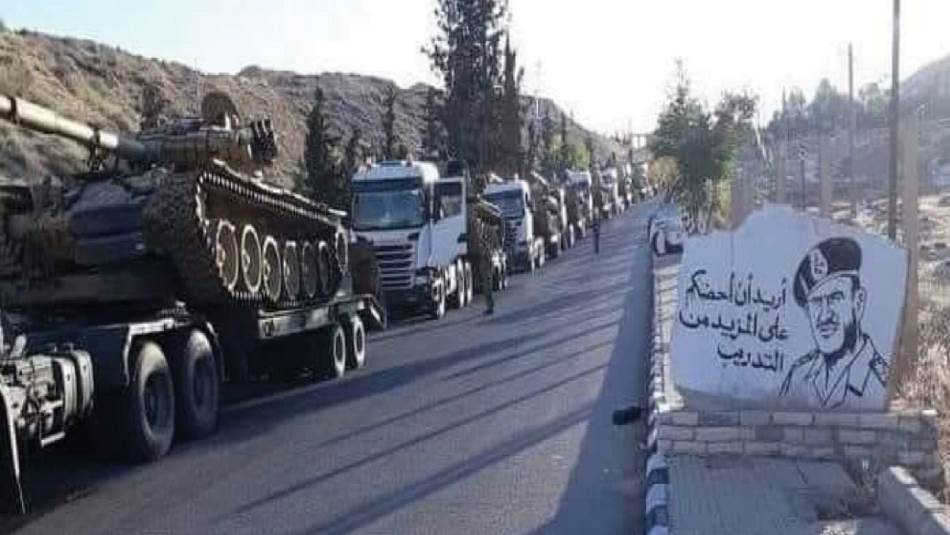The Astana parties have started exchanging political messages through military escalation before the meeting, aiming to achieve their political demands. However, these demands were not evident in the final mobile statements but rather in the statements made by officials after the completion of the talks. Consequently, the differences between the parties manifested as a field escalation on the ground following the conclusion of the negotiations.
The 20th round of Astana talks commenced in Nur-Sultan, the capital of Kazakhstan, on Tuesday. It involved representatives from the guarantor countries (Russia, Turkey, and Iran), as well as two delegations representing the Syrian regime and the Syrian opposition.
Prior to the round, Turkey initiated a field escalation, marking the first such incident against the Syrian Democratic Forces (SDF) since Operation Claw-Sword in November 2022. This involved the bombardment of military sites belonging to the Kurdish units using drones, artillery, and missiles, resulting in the deaths and injuries of numerous fighters.
Did the Regime Military Reinforcements Really Reach Northern Syria?
Both the regime forces and the Russian forces were not exempt from Turkish aggression. Turkish forces bombed military sites belonging to the regime, resulting in the deaths of three members and injuries to others. Additionally, an artillery shelling targeted a patrol of the Russian military police within SDF-controlled areas in the northern countryside of Aleppo, resulting in the death of one Russian soldier and the injury of three others, as reported by the Syrian Observatory for Human Rights.
On the other hand, Russia has also contributed to the field escalation by launching three separate airstrikes in areas under Turkish influence since the official announcement of the twentieth round of Astana talks. The most recent airstrike occurred on Tuesday, targeting the outskirts of Idleeb, which is affiliated with Ankara’s areas of influence.
However, what is particularly noteworthy is the Syrian regime’s involvement in the escalation just before the Astana meeting. The regime deployed large convoys consisting of tanks, self-propelled guns, and hundreds of soldiers to the frontlines in the northern countryside of Aleppo. The ultimate destination of these forces is still unknown, but opposition activists informed Al-Modon that they are likely headed towards the concentration areas of the SDF in Manbij, located in the northeastern countryside of Aleppo, near the points of contact with the Turkish-backed opposition factions.
According to the pro-regime newspaper Al-Watan, these reinforcements coincide with the Turkish escalation against the SDF, indicating that the primary target of these convoys is likely the areas controlled by Kurdish units.
The fact that these columns are subordinate to the “105th Brigade” in the Republican Guard, which has experience in battling opposition factions since the conflicts in Damascus and its countryside, suggests a potential escalation. It is particularly significant because it is the first time that such forces, equipped with tanks and advanced equipment, have been deployed to northern Syria. The brigade’s main role has traditionally been to protect the regime, its president Bashar al-Assad, and the strategically important military headquarters in the capital city of Damascus.
This article was translated and edited by The Syrian Observer. The Syrian Observer has not verified the content of this story. Responsibility for the information and views set out in this article lies entirely with the author.


